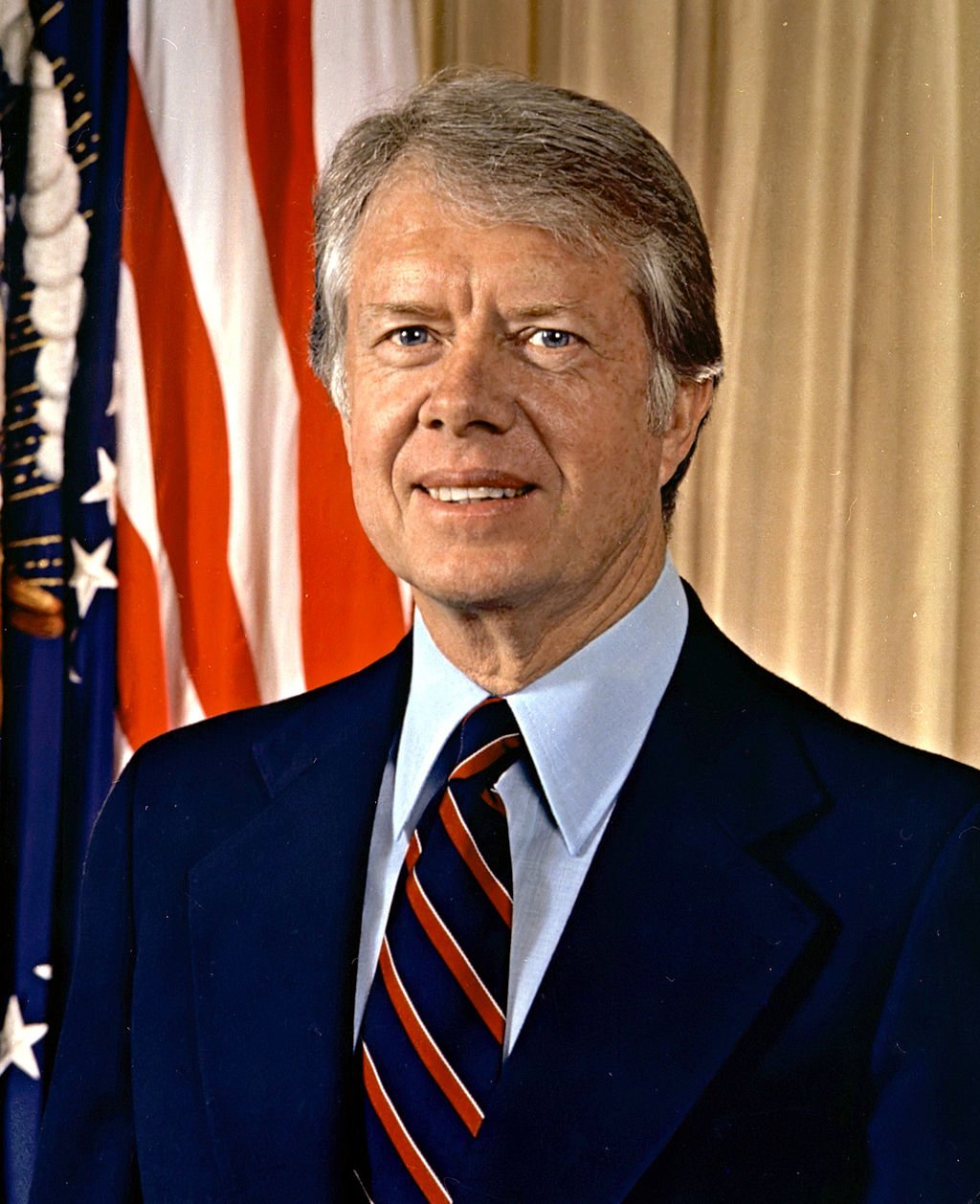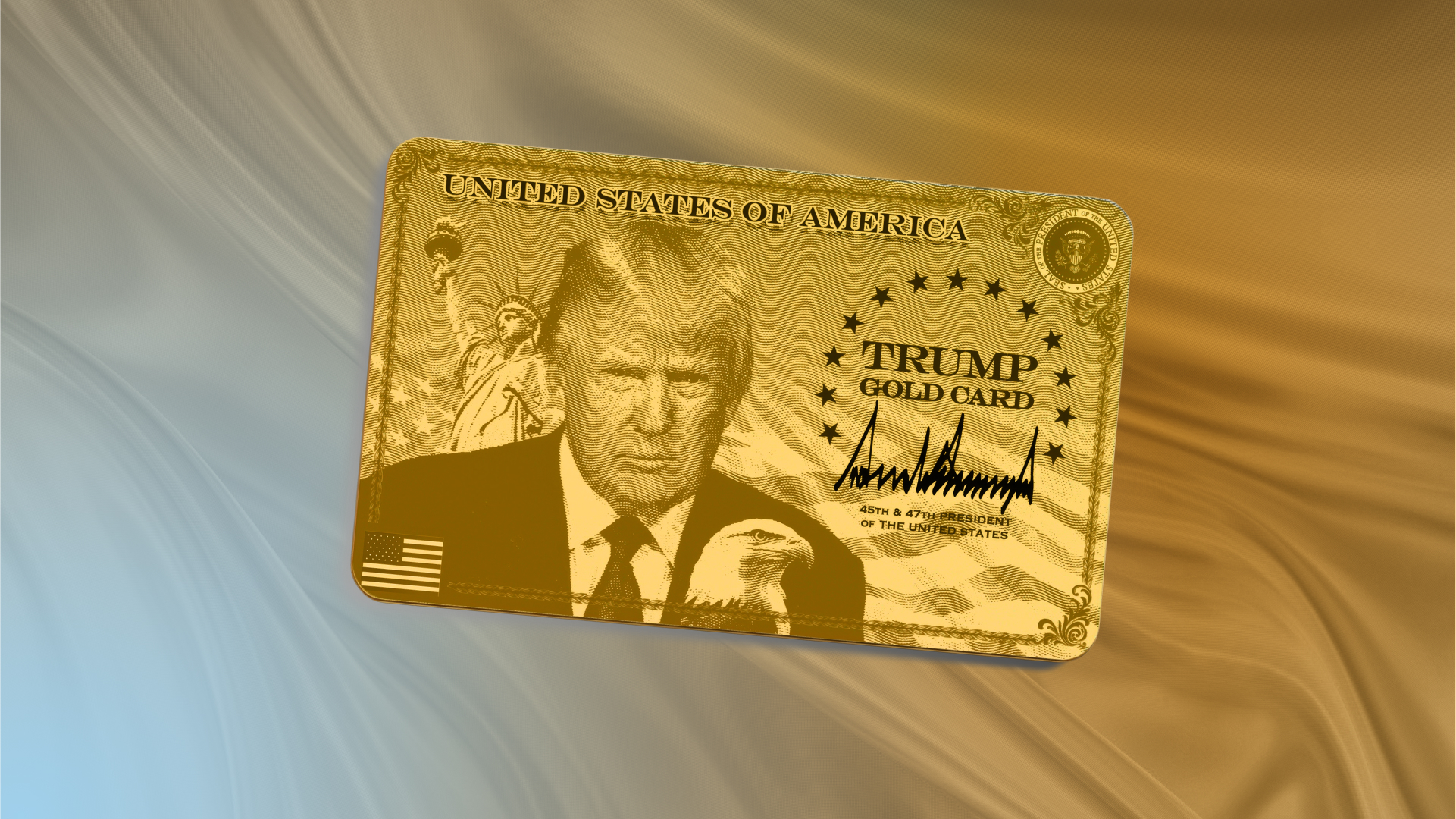
.svg)
On Oct. 21, 1979 Jimmy Carter allowed the deposed Shah Mohammed Reza Pahlavi of Iran to enter the U.S. to receive medical treatment for cancer. This humanitarian action towards a single immigrant exacerbated tensions with Iran's new revolutionary government, led by Ayotollah Ruhollah Khomeini. On Nov. 4, a group of students and others inspired by Khomeini stormed the U.S. embassy in Tehran, taking dozens of hostages.
{{newsletter-component}}
At the height of the hostage crisis at the U.S. Embassy in Iran, President Jimmy Carter ordered a broad set of sanctions on Iran, including the cancellation of U.S.-Iranian visas. Under the order, Carter stated that "We will not reissue visas, nor will we issue new visas, except for compelling and proven humanitarian reasons or where the national interest of our own country requires."
The first Iranian to become a U.S. citizen was Mirza Mohammad Ali (also known as Hajj Sayyah), in 1875. Hajj Sayah was a world traveller who lived in the U.S. for a decade, and met with President U.S. Grant on several occasions.
At the time of Carter's sanctions, there were more than 50,000 Iranians in the U.S. on student visas. According to U.S. census figures there were 123,000 people of Iranian ancestry in the U.S. in 1980.
.png)
.png)
.png)








.svg)
.avif)